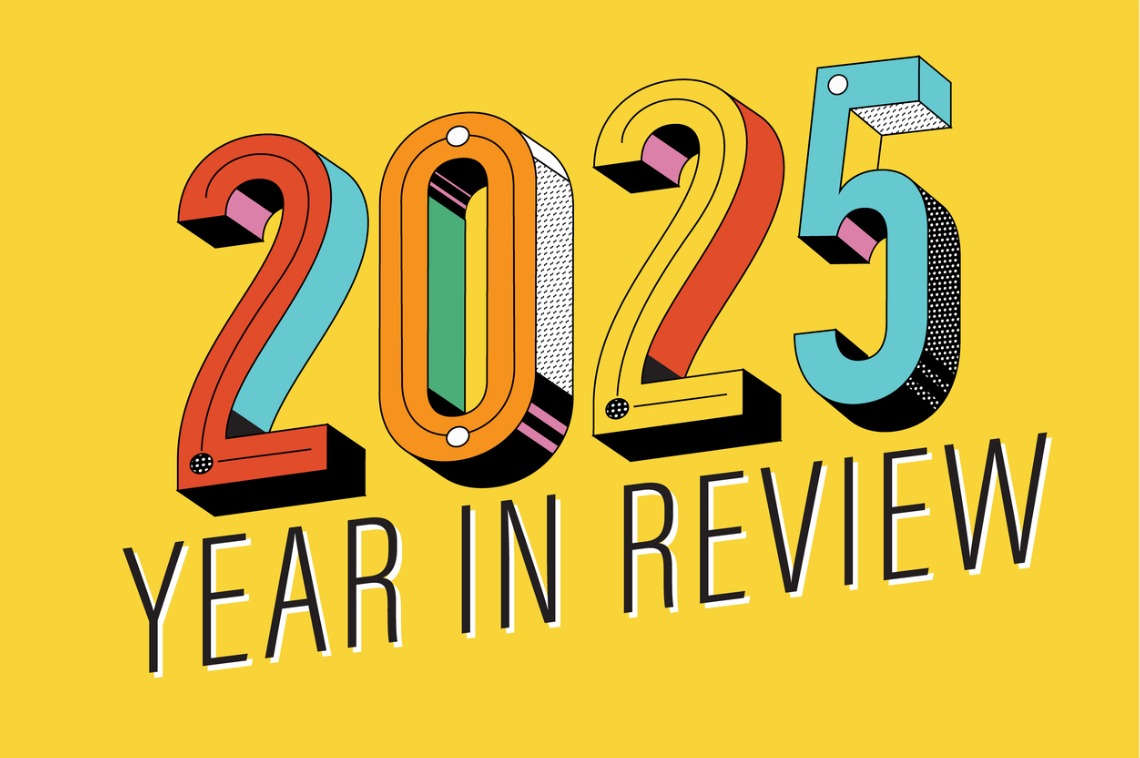T
he share of 25- to 34-year-olds living with parents has increased, reversing a trend that saw young adults moving out during the pandemic. As rents and home prices rose, many were priced out of independent living. According to the National Association of Home Builders, about 8.5 million adults in this age group lived with their parents or parents-in-law in 2023, up from 2022 after five consecutive years of decline.
The financial crisis of 2008 had a lasting impact on millennials, who faced high student loan debt and unemployment rates, making it difficult to save for an apartment or house. This coincided with a sharp increase in young adults living with parents, rising from 15% in 2007 to 22% by 2017. However, the trend began to reverse in 2019, with significant drops between 2020 and 2022.
The decline has stalled due to depleted savings from the pandemic era, elevated mortgage rates, and high rents and home prices, making affordability a major issue. As a result, more young adults are continuing to live with parents or in-laws, affecting household formation, housing demand, and the market. This is already evident in homebuying data, with first-time buyers dropping to historic lows and the median age for first-time buyers rising to 38.
In some markets, over a quarter of young adults live at home, particularly in states with significant affordability issues like California (26.5%), New Jersey (26.3%), and Hawaii (25.2%). Regionally, Sunbelt states and the Northeast have higher shares of young adults staying in parental homes, while affordable areas like North Dakota (5%) and South Dakota (7%) have lower shares. Multigenerational living is more prevalent among non-White and Hispanic households, but affordability challenges remain the primary factor.













